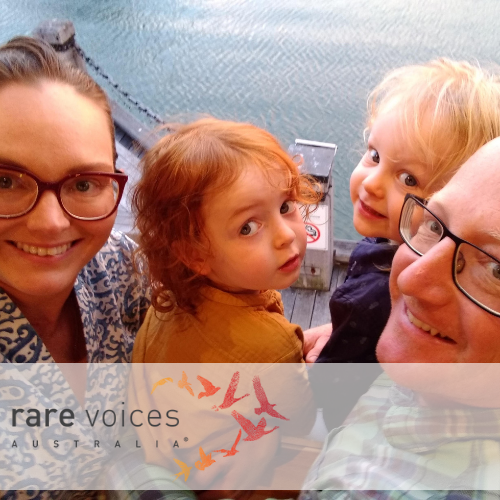
I have a clinical diagnosis of hypermobile Ehlers-Danlos Syndrome (hEDS). Historically, this has been reported to have an incidence of somewhere between 1 in 2,500 and 1 in 5,000 people, making it a rare disease. More recent research indicates though it may not be this rare after all and maybe, it is simply, just rarely diagnosed. Either way, people living with hEDS remain a very underserved patient population.
I’m not sure hEDS will be my final diagnosis. There are 14 known subtypes of EDS, some of which are extremely rare. I returned a variant of unknown significance (VOUS), which I am sure many of us have, on genetic testing. A variant which is indicative of a truly rare autosomal recessive subtype of EDS. A marker that if I were homozygous for (i.e: possessed two copies of the variant allele, instead of the one I have) would indicate a diagnosis of brittle cornea syndrome (which has an incidence of about 1 in 1,000,000) might be more appropriate. One of my doctors has posed the question: does the presence of this VOUS exclude my clinical hEDS diagnosis as it is a diagnosis of exclusion? We really don’t know.
Generally speaking, EDS is massively misunderstood, misdiagnosed and often blown off as a disease that solely causes floppy joints. This over simplification isn’t true in the slightest. EDS in all its subtypes is a classic multisystem syndrome, with all organ systems having the potential to be affected. It is a heritable connective tissue disorder. And connective tissue is the glue that holds our bodies together. It usually presents as a constellation of symptoms including; neurological, skin and gastrointestinal manifestations along with musculoskeletal and cardiac issues such as mitral valve prolapse. But any connective tissue can be affected.
So with this in mind, here goes. This is my continually evolving story.
I was diagnosed with hEDS after the birth of my two sons. I had a long history of chronic pain, migraines, dysautonomia and gastrointestinal issues. It wasn’t until my pregnancies, which were extremely painful, and in the months after, when I was not recovering as expected that I pushed hard to find out the root cause of my symptomatology.
When my youngest son was about 12 months old, I finally got to see a clinical geneticist. Within the hour, she found I fit the criteria for a clinical diagnosis of hEDS. This for me was a light bulb moment – finally tying together a lifetime of out of the box medical issues and concerns.
Whilst maybe hEDS will prove not to be a rare disease, there are extremely rare subtypes of the syndrome. There are also rare comorbid conditions that can present with EDS. Two of which I have. Two which greatly affect my quality of life. I have both a congenital fusion of my skull base to my first cervical vertebrae and Basilar Invagination. This causes stress and strain to my brainstem and symptoms of compressive and progressive myelopathy.
One of my sons has since been diagnosed with hypermobility spectrum disorder (HSD), a precursor to EDS. He is missing some key symptoms needed for a formal EDS diagnosis, ones which don’t usually present until adolescence. He is also currently undergoing evaluation for Neurofibromatosis Type 1 (NF1), the most common of the rare diseases I have been told. So, whilst our journey is somewhat evolving and ongoing, we are slowly joining the dots on our complex medical history.
Throughout this journey, I have come to learn that Australians living with ANY rare disease need so much more. SO much more in the way of prompt referrals and early intervention, and ongoing multi-disciplinary team care, and management.
My name is Janna and I live with the heritable connective tissue disorder, Elhers-Danlos Syndrome (EDS) – subtype and rarity to be definitely determined.
I’d love for you to follow my story on Instagram @zebrablends and @the.rare.writer.
Please check the Rare Disease page(s) for related Support Organisation(s)

